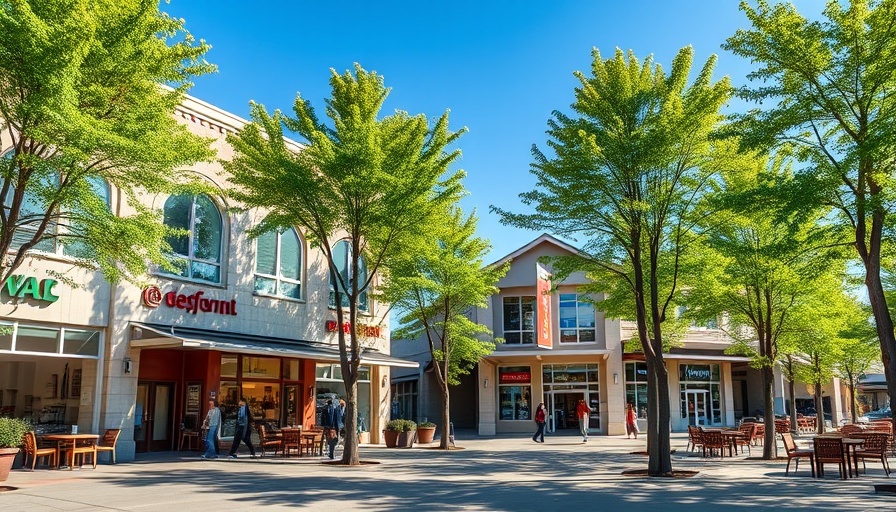
Understanding the Importance of Location for Austin's Food Entrepreneurs
Choosing the right retail location is crucial for success, especially in a vibrant city like Austin, Texas, known for its booming food scene and bustling commercial activity. Whether you're a food truck operator contemplating a move to a brick-and-mortar restaurant or a small business owner looking to expand, your choice of location will dictate your store's visibility, foot traffic, and hence—your bottom line.
Key Considerations for Retail Space in Austin
Before diving into the colorful world of potential locations, it’s essential to understand your unique business model and target customers. Are you launching a trendy café appealing to millennials or fine dining for affluent patrons? Each concept requires specific characteristics from a location. For instance, luxury boutiques thrive in high-end shopping districts, while quick-service restaurants benefit from visibility on busy streets.
Analyze Demographics That Drive Success
Understanding who lives and works near your prospective retail space is vital. Utilize demographic data to determine if your target customers frequently visit that area. Consider factors such as population density and the habits of local residents. If you’re eyeing to lease commercial space in Austin, it’s beneficial to assess whether there’s sufficient foot traffic and if the demographics align with your business.
Foot Traffic: The Lifeblood of Retail Success
Foot traffic goes hand-in-hand with location selection. Research bustling neighborhoods favored by your target demographic. For foodpreneurs, locations near universities or office complexes can lead to consistent customer flow. Think about potential site visits at different times of the day and week to really gauge how busy those streets can get.
Neighborhood Vibe and Community Connection
In Austin, the neighborhood vibe can immensely influence customer engagement. Areas filled with thriving community events or artisanal markets often attract locals and tourists alike. Ensure your chosen location resonates with your concept. A family-friendly eatery may flourish better in an area with parks and family-centric events, whereas a trendy bar might succeed in more vibrant nightlife districts.
Exploring Austin’s Emerging Markets
With the constant growth of neighborhoods in Austin, many areas are blossoming into culinary hotspots. Consider looking at new home developments where you can tap into a fresh customer base. As families move in, the need for nearby dining options increases, providing prime opportunities for new restaurants.
How to Navigate Austin's Competitive Leasing Landscape
Austin's thriving rental market requires savvy negotiation skills. Understanding the competitive landscape can save you money. Utilize a retail tenant representation broker who can help you evaluate commercial lease properties, ensuring you get the best deal while aligning with your business goals. Don't overlook seasonal promotions; many landlords offer special pricing as the market fluctuates throughout the year.
The Path to Your Dream Location
You can discover numerous real estate opportunities tailored for food entrepreneurs right here in Austin. From affordable restaurant leases to commercial kitchens for lease, the options are abundant. Assessing your needs and delving deeper into how your chosen location fits into Austin's broader landscape is key.
Call to Action: As you're considering leasing commercial space in Austin, take the time to assess community dynamics and location! The right choice can propel your business to new heights. Connect with Austin's real estate experts today to find the perfect spot for your dream venture!
 Add Row
Add Row  Add
Add 



Write A Comment